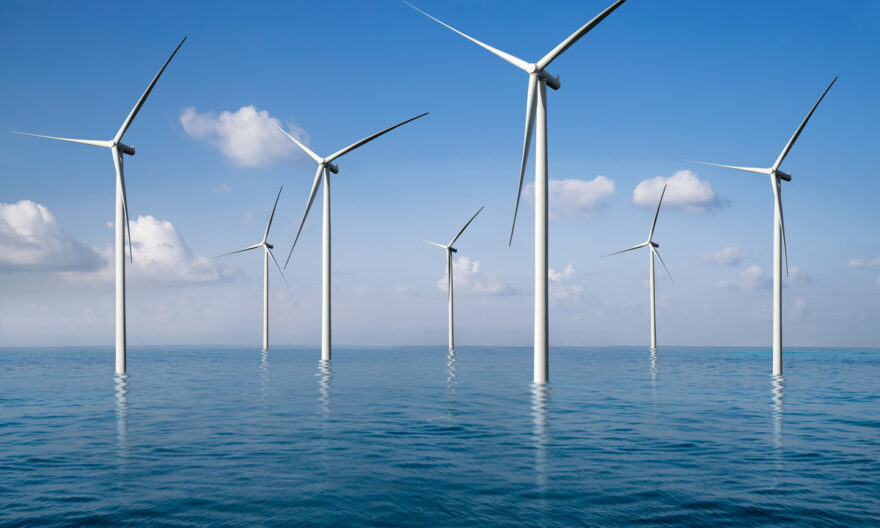
Offshore wind is a major achievement in wind energy generation. It’s a renewable energy technology that holds significant potential for greater use in the future. Compared to onshore wind, offshore wind energy has multiple promising attributes. These include; greater wind speeds, lower wind shear, ability to use larger turbine designs.
Also, offshore wind has the potential for lower environmental impact and lower intrinsic turbulence intensities. Moreover, technology keeps on evolving, and we expect more technological trends in offshore wind in the future.
What are the benefits of offshore wind?
Offshore wind is a renewable form of energy and has numerous advantages compared to onshore wind. First of all, the speeds are faster than on land, which translates to higher energy yields. With offshore wind, you can generate twice the amount of energy, thanks to faster wind speeds. This is why IQIP employs cost-effective technology in wind farms to generate higher energy amounts.
That’s not all, though! The wind speeds are steadier than on land, and this means a more reliable energy source. Offshore wind also provides a renewable source of energy. Such projects don’t consume water and don’t emit dangerous pollutants or greenhouse gases. Offshore wind can meet the high energy demands in coastal areas.
What are the technological trends in offshore wind?
- Machine learning
Machine learning utilizes data to make computers and other devices make decisions by themselves. It could be used to determine the most efficient anchor during design and the risk of failure during operation. What’s more? Machine learning can employ weather data generated to control the position of turbine blades and maximize energy generation. It can also help make more reliable predictions with minimal data. And this is critical in offshore wind, where it’s challenging to collect data.
- Use of robots
The major challenges in offshore wind include high projects costs due to specialized installations and equipment. Expensive support structures and advanced installation processes are also common. However, new technologies like the use of robots will likely make floating wind farms more cost-effective. For instance, robots and other advanced technologies will help control offshore wind activities. These include;
- Investigating the seabed
- Inspecting and maintaining floating wind turbines to give works more control over the systems
- Offshore floating concepts
Floating wind concepts use mounted turbines and floating systems. The structures have no foundation on the sea bed but are kept in place by different anchoring systems. However, there’s potential to optimize floating systems, including downwind rotors, high tip speed operations, and possibly two-bladed rotors.
- Smart sensors
With the vast technological developments, routine inspection would be impractical by humans in the future. However, smart sensors installed on all parts of the floating wind farms can monitor and determine how the structure is fairing without human intervention.
Final thoughts
Offshore wind power has a lot of potential in the future. However, there are challenges in its exploitation in deep waters. We expect more technological advances to help lower installation and cabling costs and enhance wind speeds for greater power harnessing. These include machine learning, smart sensors, robots, and many more
